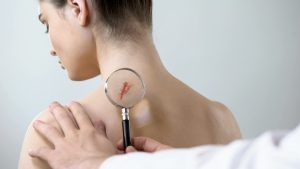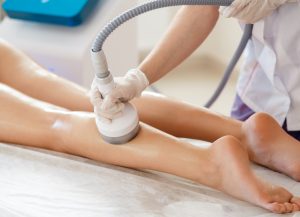 What is an Autoimmune Disorder?
Autoimmune conditions occur when the body incorrectly identifies something not native to the body and creates an immune response to reject it. When the immune system works right, it keeps you healthy by fighting off intruding unhealthy organisms and even cancerous cells. But with autoimmune conditions, the body revs up your immune system to fight against its own cells, which causes a multitude of problems.
Autoimmune d...
What is an Autoimmune Disorder?
Autoimmune conditions occur when the body incorrectly identifies something not native to the body and creates an immune response to reject it. When the immune system works right, it keeps you healthy by fighting off intruding unhealthy organisms and even cancerous cells. But with autoimmune conditions, the body revs up your immune system to fight against its own cells, which causes a multitude of problems.
Autoimmune d... Read moreabout Autoimmune Disorders of the Skin









